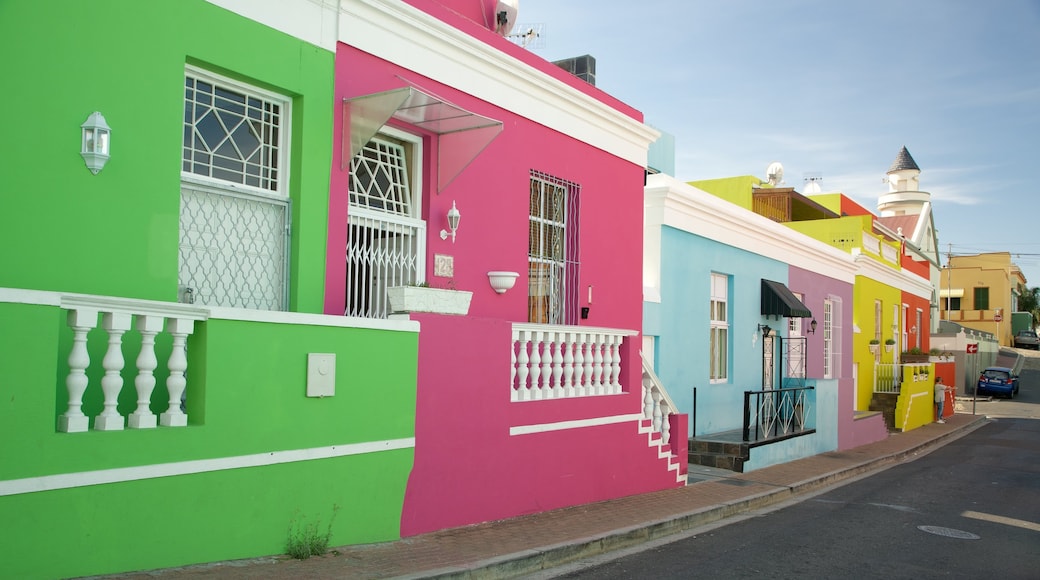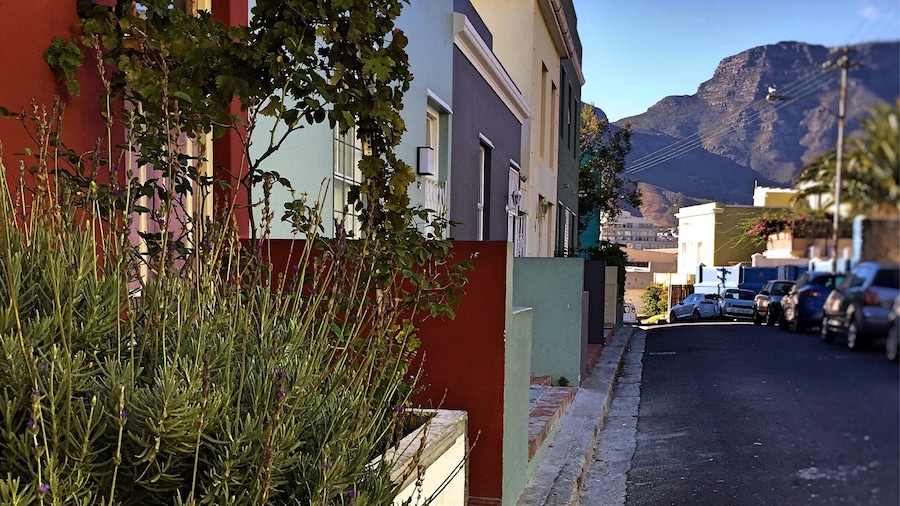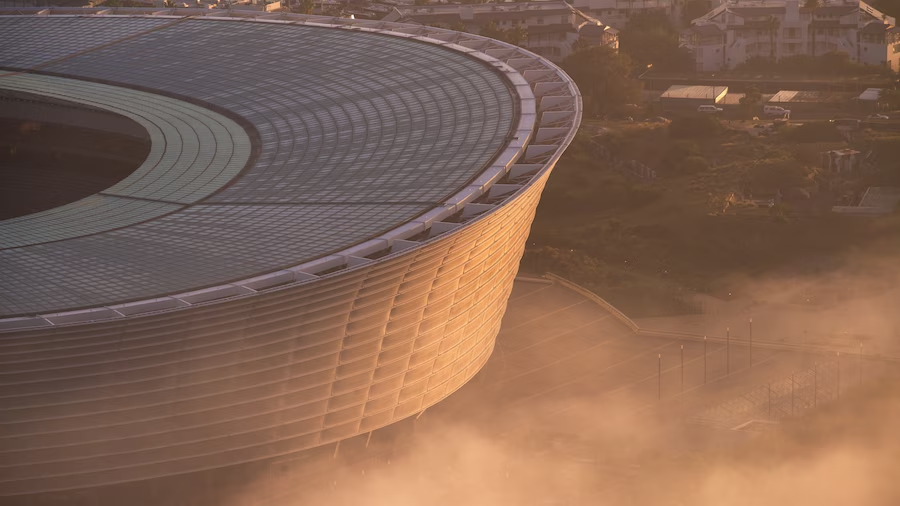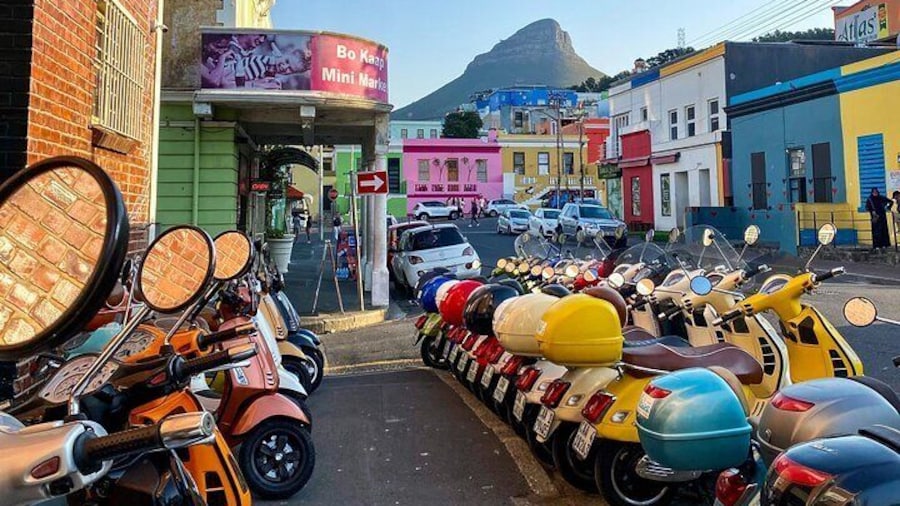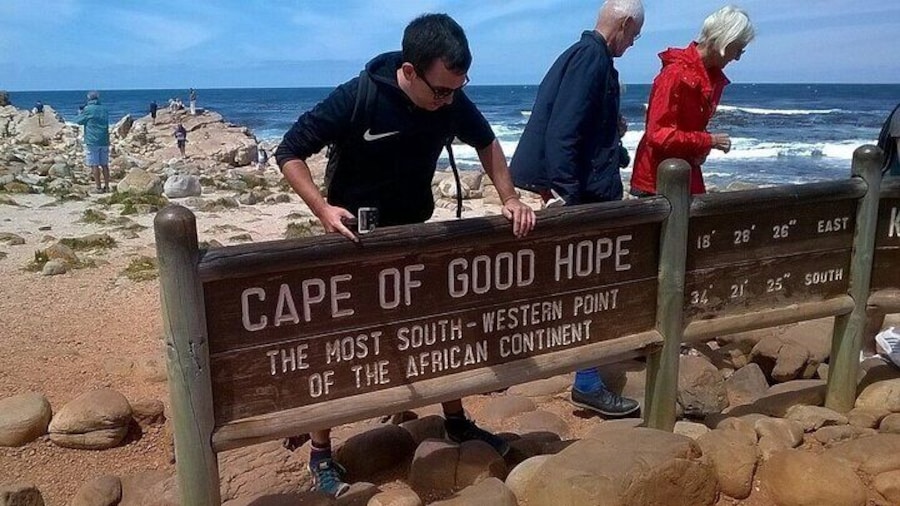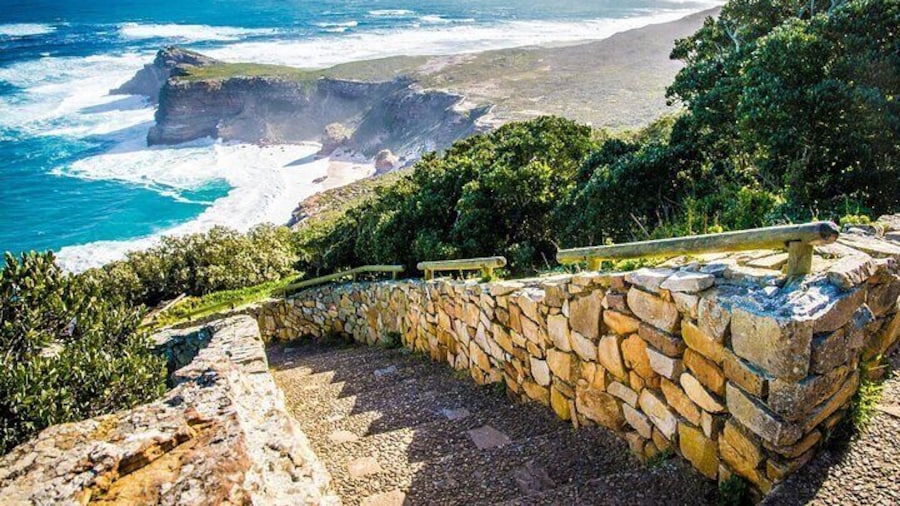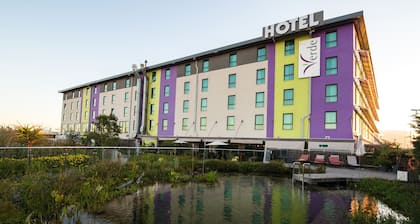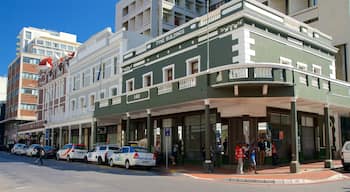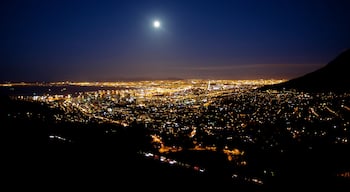Bo-Kaap is a remarkable district known for its rows of brightly colored houses and joyful ambiance. On the slopes of Signal Hill, this former township is made up of cobbled streets and some of the city’s oldest buildings. Stroll down the narrow alleys and maze-like roads of this quaint neighborhood to get a glimpse into the local culture.
The highlight of the district is the Bo-Kaap Museum, which dates back to the 1760s. Peruse the intriguing displays to find out about the early Muslim settlers who were exiled here from Indonesia and Malaysia centuries ago. Learn how the region became a refuge for freed slaves.
Visit the Auwal Mosque, which is the oldest in Cape Town, having been built in the late 18th century. Inspect the exhibit of the Quran written from memory by the mosque’s first imam while imprisoned for political reasons.
Stroll down the cobbled streets and marvel at the bright coatings of every conceivable color covering the homes. The houses were initially white, before locals began painting them in celebration of Eid, the end of Ramadan. Gaze up at the green peak of Signal Hill and capture photos of the iconic mountain.
Dine at one of the restaurants to enjoy traditional Bo-Kaap dishes, such as tomato bredie stew, sosatie meat skewers and koeksisters, which are syrup doughnuts.
Learn of the gradual gentrification of the neighborhood and the conflicts that have arisen as wealthier families have moved in, replacing long-time residents. Many of today’s inhabitants are descendants of slaves imported by the Dutch from Sri Lanka, India, Malaysia, Indonesia and parts of Africa. Note that many locals refer to this district as the Malay Quarter, while the people are known as Cape Muslims.
The neighborhood of Bo-Kaap is just north of the city center of Cape Town. It is sandwiched between the De Waterkant area and the picturesque grounds surrounding Signal Hill. Reach Bo-Kaap by riding a bus to the Old Fire Station on the northern border of this quaint neighborhood.
